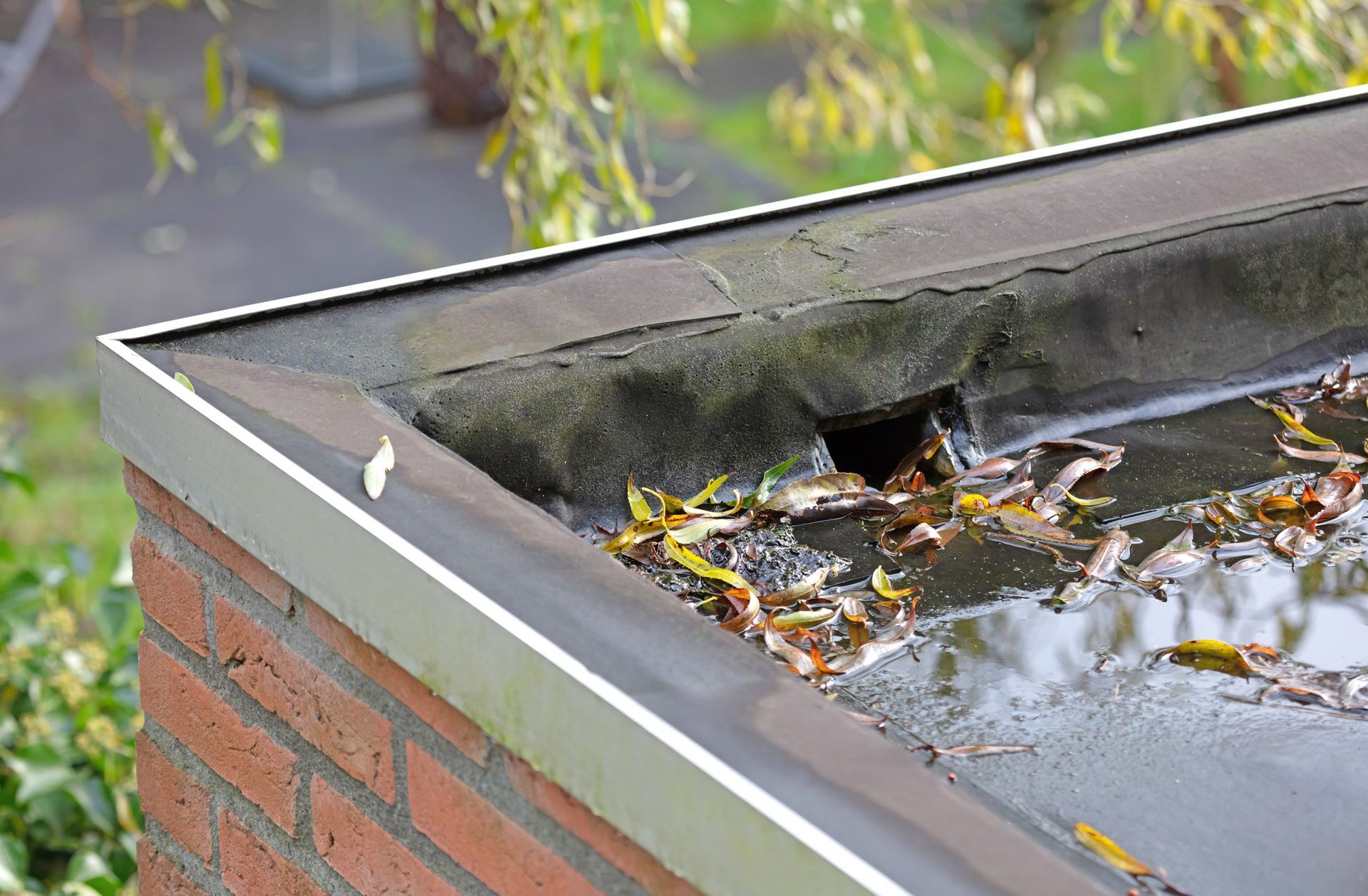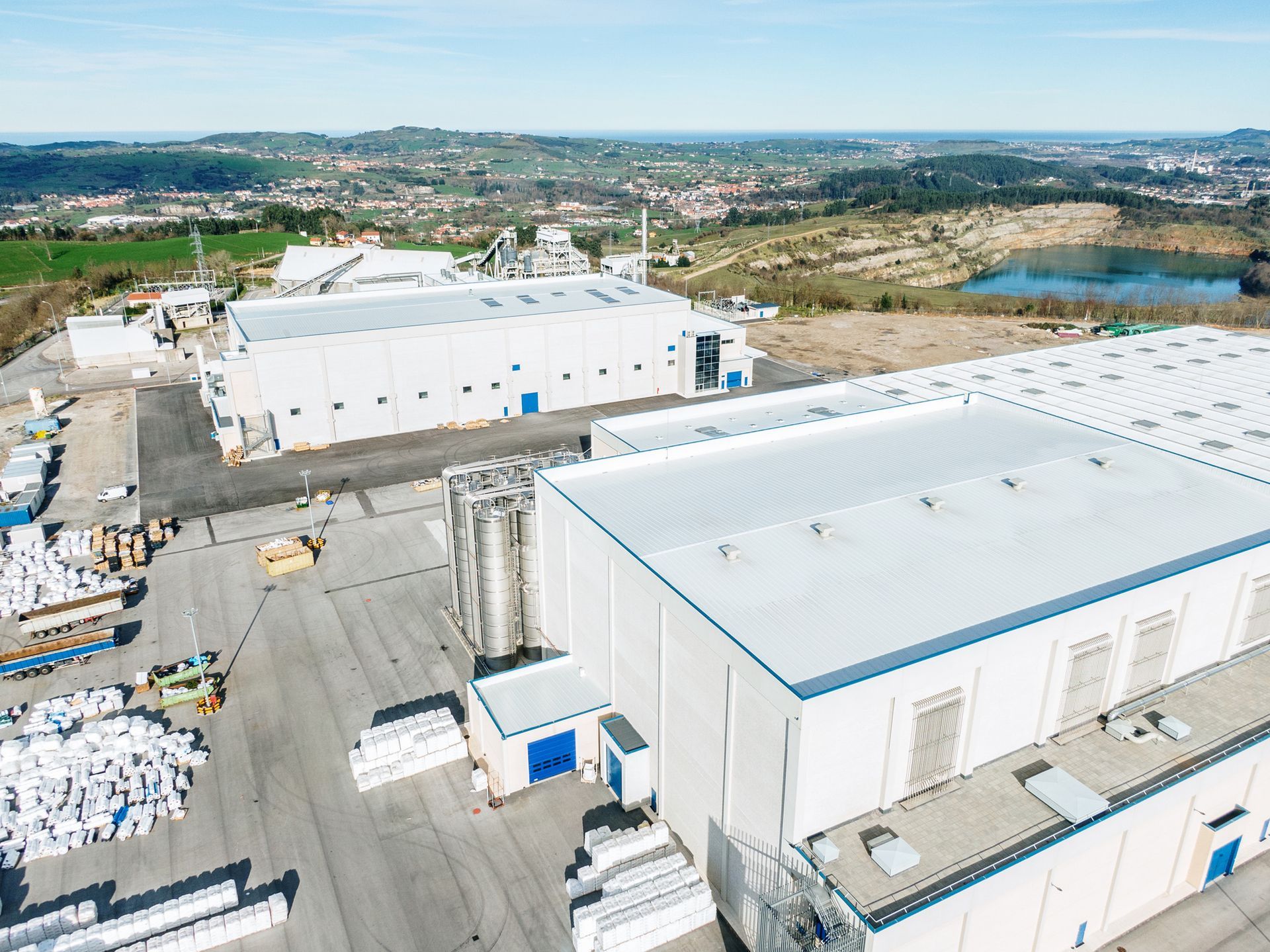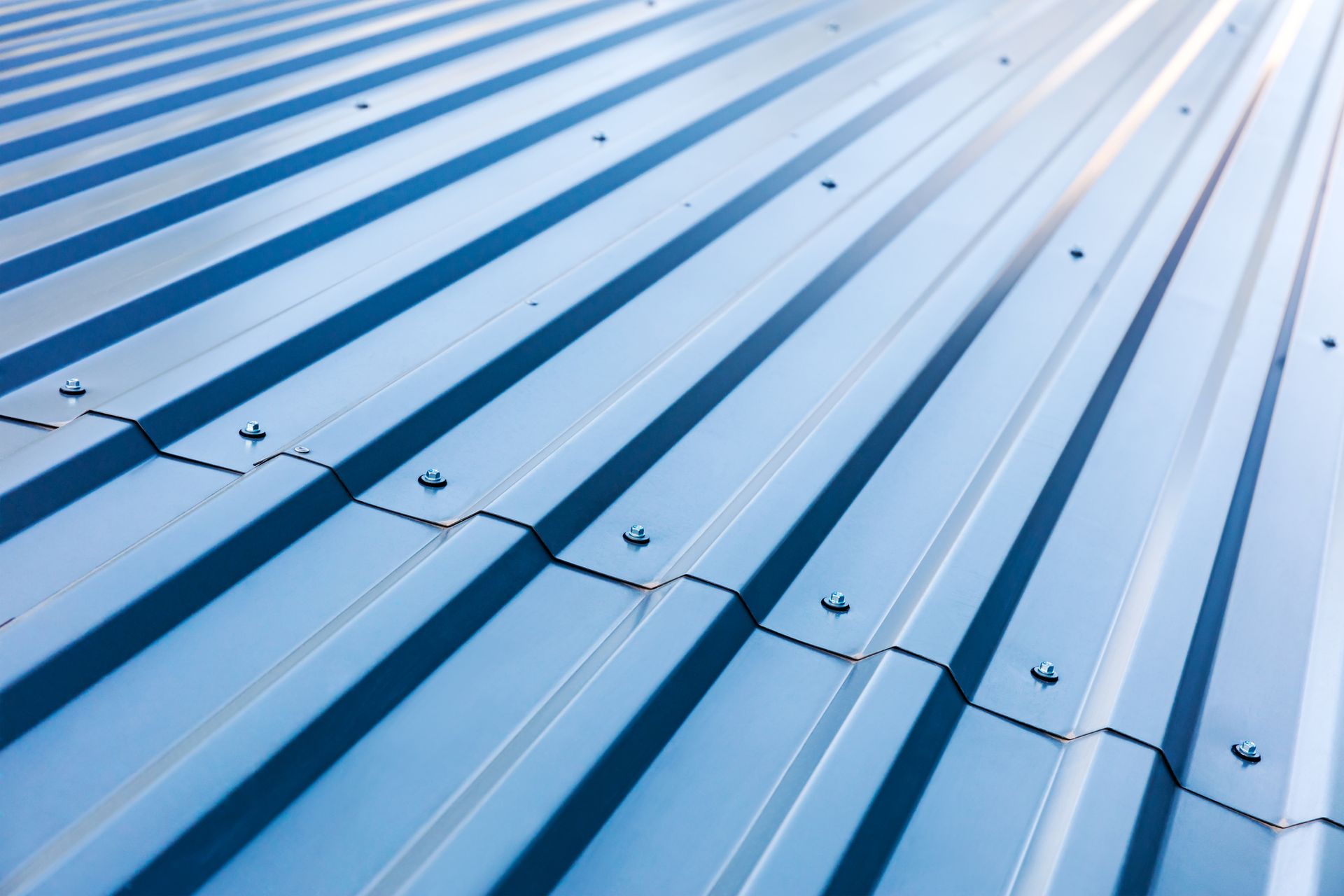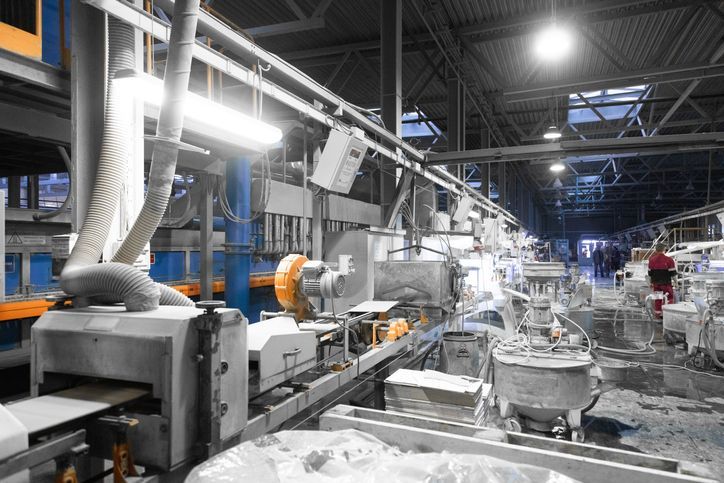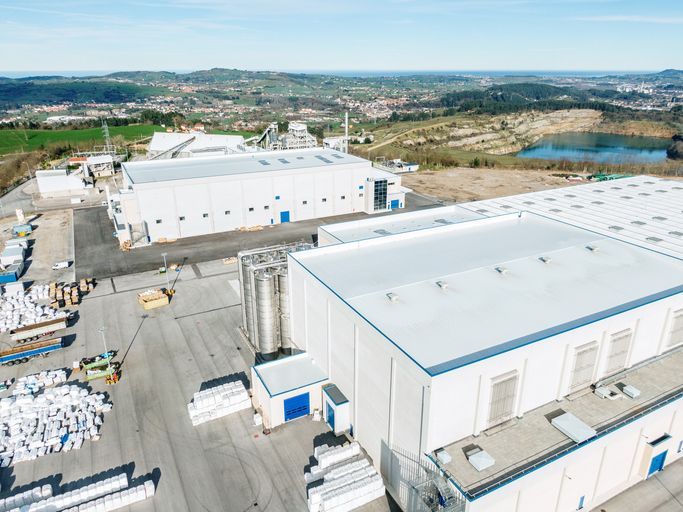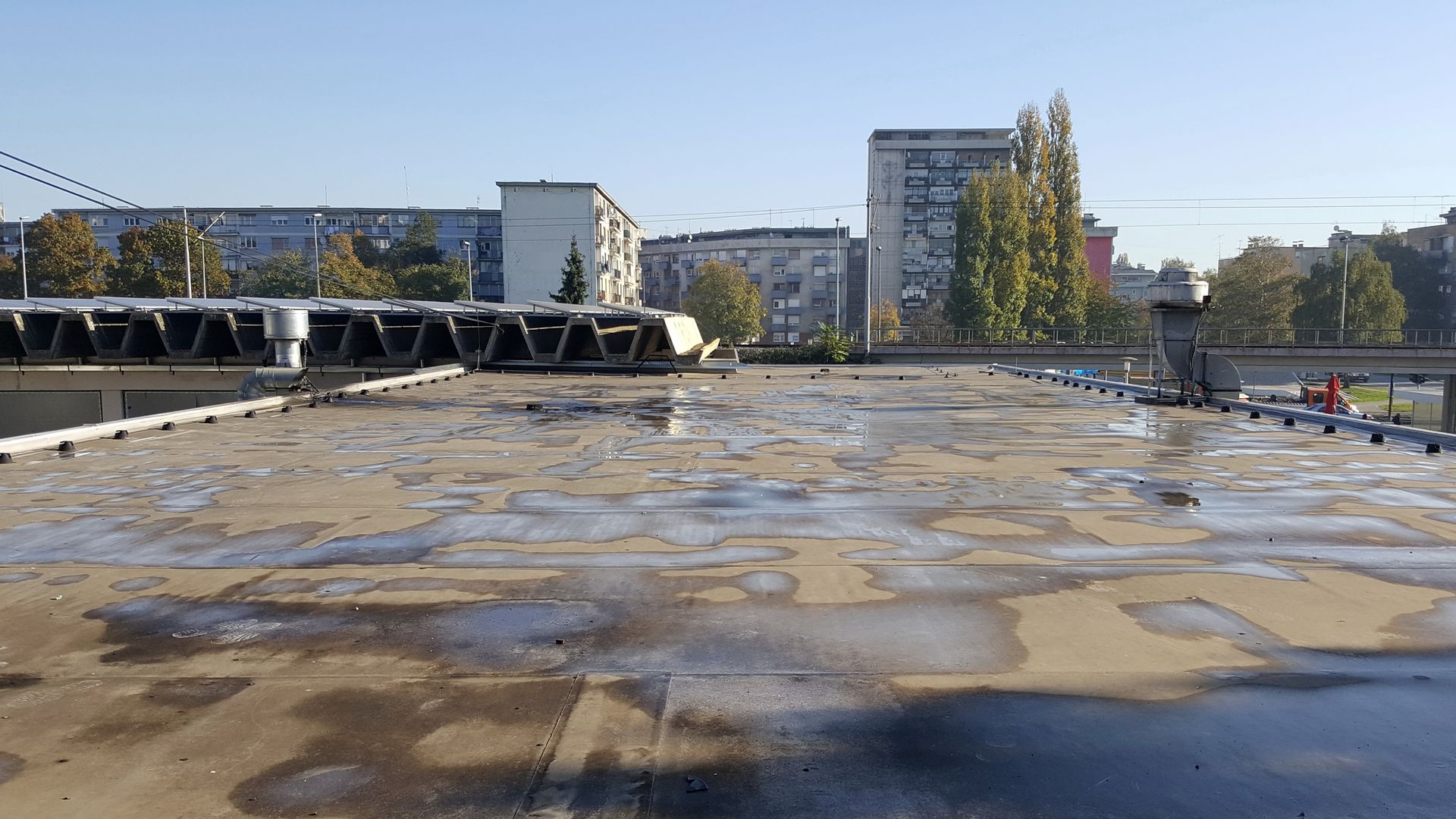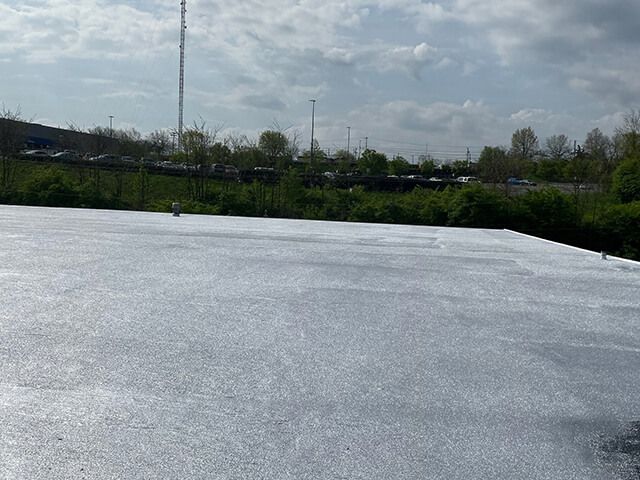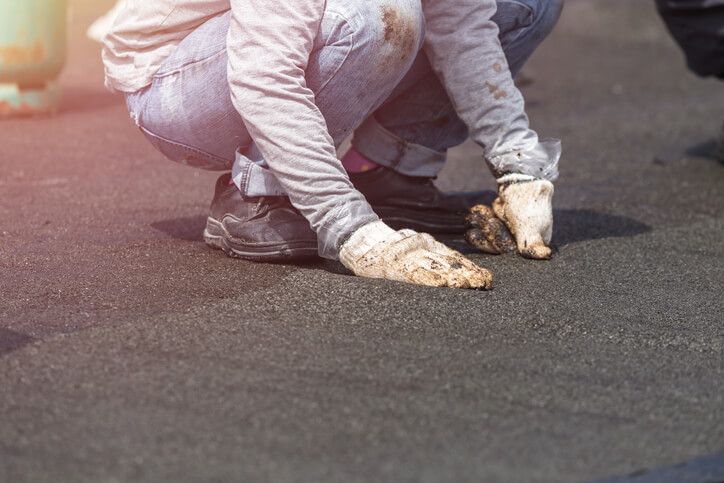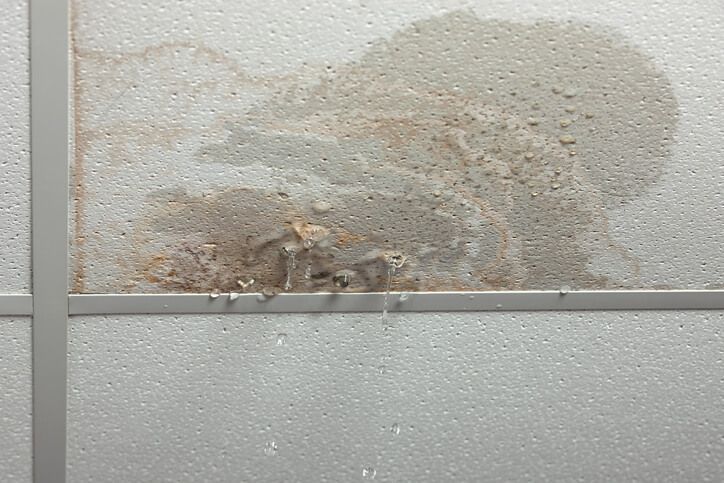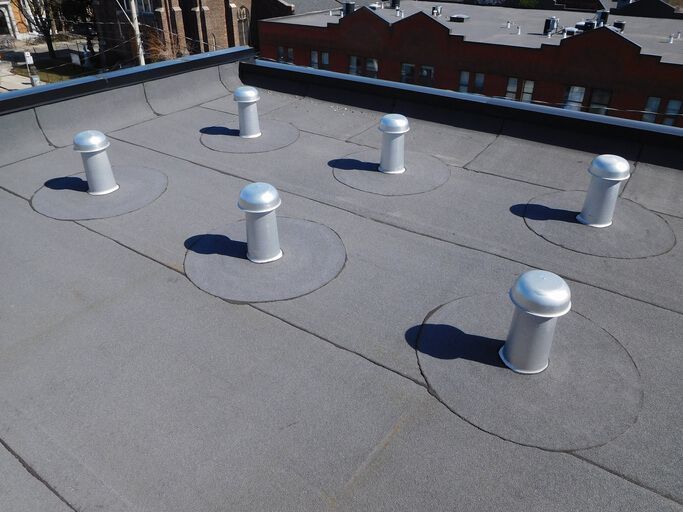Parts of a Commercial Roof
A commercial roof is constructed out of a complex number of layers that each serves a specific purpose to the functioning of the roofing system. Each layer plays a major role in the integrity of the roof, so if one layer is damaged, it can affect the functioning of the rest of the roof.
As a commercial property owner, it is crucial to understand the different layers of a roof to help you prevent smaller problems from growing into major ones. At ACR1, we have outlined the various roofing components and the role they play in your overall roofing system.
What Are the Parts of a Commercial Roof?
All commercial building types have the same basic roofing components, including:
Roof Deck
Since most commercial roofs have a low slope or are flat, they require a roof deck. This structural deck works to form the foundation of the roofing system and is what the other roofing components rest on.
The roof deck is installed to span the open spaces above the roof joists. These are typically constructed out of concrete, steel, or wood and are required for a structurally sound roofing system.
Vapor Barrier
Placed on top of the roof deck is the vapor barrier. This layer helps to prevent air and moisture from moving in and out of the building through the open space of the roof. This barrier helps to reduce heating and cooling costs, slows the rusting or rotting of roof joists, and also helps to improve the climate inside of the building.
Insulation
Rigid panels of insulation are applied to the roof and can be tapered to add a pitched angle to a flat roof. With insulation, you can control the indoor climate and save on your energy costs since it helps to keep in the heat and air conditioning rather than it escaping through the roof.
When the insulation is tapered, it allows for drainage to the proper outlets. With the insulation layer, you can also prevent clogs in the drainage systems, create water resistance for other roofing components, and prevent water from ponding on the roof’s surface.
Roof Adhesive
Using roofing adhesive, the insulation is connected to a waterproof layer called the weatherproof membrane. A durable layer of rubber-based adhesive is typically used.
Weatherproof Membrane
This membrane is a thin sheet of waterproof material that is layered on top of the insulation board. This layer functions to protect the other roofing components and also blocks water from seeping into the roofing membrane. There are different types of weatherproof membranes that are used based on your climate, roof structure, and other factors.
Commercial Roofing Installation
At ACR1, our experienced team will work with you to ensure that all of these roofing components are correctly installed to protect your commercial property. We also offer a commercial roofing guide so you can understand more about your roof. Contact us today to learn more!
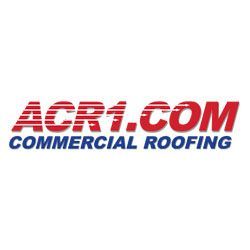
Author:
Floyd Mason
Born and raised in farming in Iowa
Worked in and around construction since 1977
BS in Corporate Finance and Financial & Estate Planning from Brigham Young University. Involved in Boy Scouts of America for more than 35 years, Scoutmaster 15 years Estimator, Project Manager, Sales Representative, Crew Leader, Laborer, Territory Manager, District Manager, Regional Manager, National Sales Manager,
ACR1.COM Sales & Marketing Manager since 2013.
